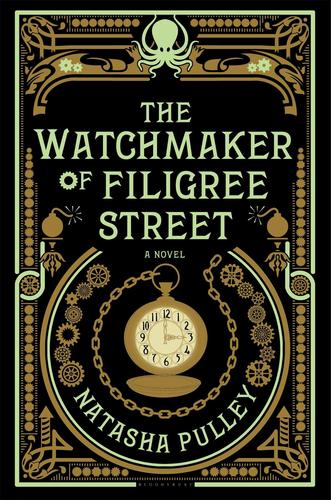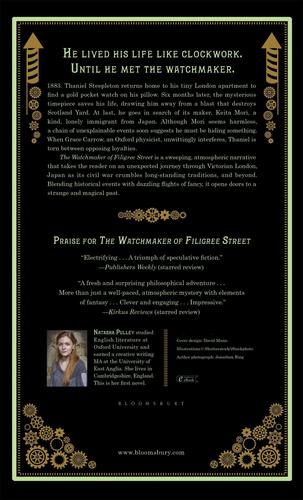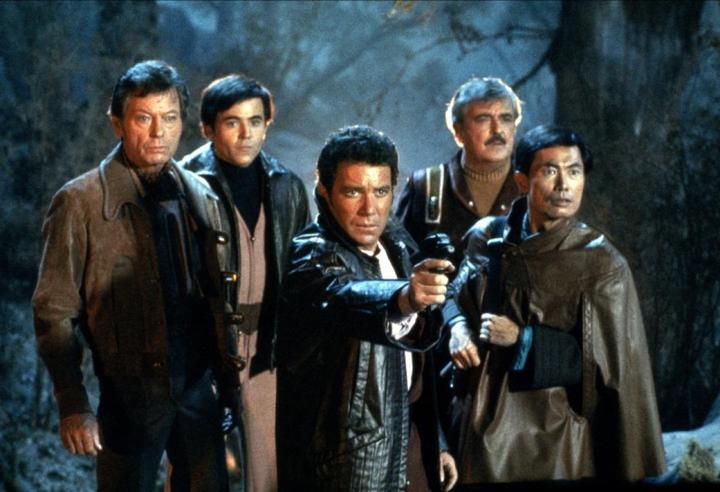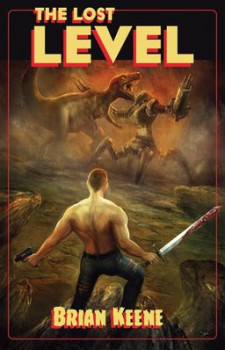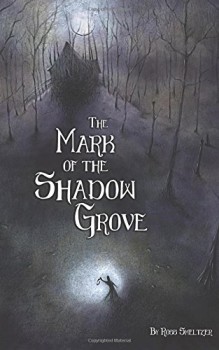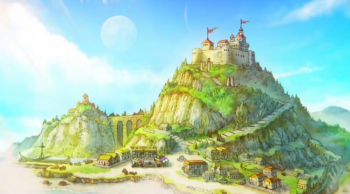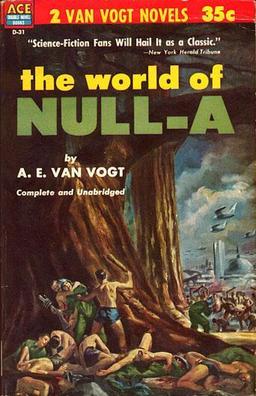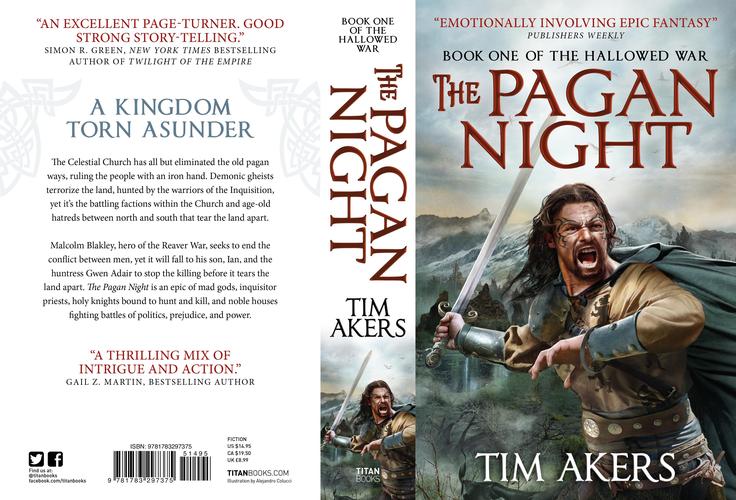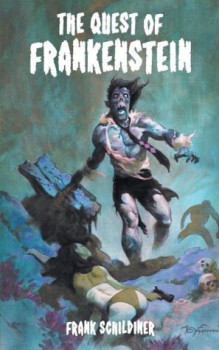February Short Story Roundup
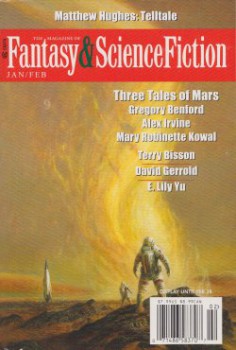 This past February was a weak month for new swords & sorcery short stories. In fact, I have only three stories to review: two, as usual, from Swords and Sorcery Magazine, and another from Fantasy and Science Fiction. It was a month, from a story reviewer’s perspective, that just fell into the gaps. Both Heroic Fantasy Quarterly and Grimdark Magazine published issues last month (reviewed here already), and Beneath Ceaseless Skies and Fantasy Scroll were bereft of anything that fit the bill. Any other periodicals that might possibly publish something that at least sort of qualifies as S&S were quiet as well. That’s okay, though. It lets me spend a little time explaining why I prefer heroic fantasy in short story form to novel.
This past February was a weak month for new swords & sorcery short stories. In fact, I have only three stories to review: two, as usual, from Swords and Sorcery Magazine, and another from Fantasy and Science Fiction. It was a month, from a story reviewer’s perspective, that just fell into the gaps. Both Heroic Fantasy Quarterly and Grimdark Magazine published issues last month (reviewed here already), and Beneath Ceaseless Skies and Fantasy Scroll were bereft of anything that fit the bill. Any other periodicals that might possibly publish something that at least sort of qualifies as S&S were quiet as well. That’s okay, though. It lets me spend a little time explaining why I prefer heroic fantasy in short story form to novel.
Swords & sorcery is action seasoned with darkness, with only one or two protagonists. A S&S short story, by its very nature, is forced to focus on the action and the hero. There’s no room for protracted descriptions of feasts or lengthy discussions of magic systems. Done right, it’s all short, sharp, shock. What I’m looking for from S&S is a jolt of escapism and I find it best delivered in small, adrenaline-rich doses. Think of the greatest classic S&S characters: Conan (“Red Nails”), Jirel (“Black God’s Kiss”), Fafhrd and the Gray Mouser (“Bazaar of the Bizarre”), Kane (“Reflections for the Winter of My Soul”). Their greatest tales, their best remembered adventures, are in short stories, not novels.
From S&S I want crazy ideas and unflagging plot momentum, things that don’t always hold up for five hundred, let alone a thousand, pages. I want to see the world through one daring character’s eyes. The genre’s roots are in pulp fiction; the same melange of adventure and violence that gave rise to tough gumshoes and six gun-wearing cowboys. It’s simple (not simplistic) and direct: hard men and women doing hard things in a hard world. In S&S’s case, with monsters.
This doesn’t mean long form S&S isn’t good or can’t work. Of course it can. Robert E. Howard’s Hour of the Dragon and Michael Moorcock’s Stormbringer show how. It’s just that most long form fantasy tends to be about the epic, the world-endangering events, and the struggles of whole nations starring casts of dozens, not a single hero. It gives the author the room to build the world he or she wants from the ground up, and fill page after page with lovingly detailed descriptions of any and everything. And that’s great and good when done well, but it’s not what I want from S&S.
